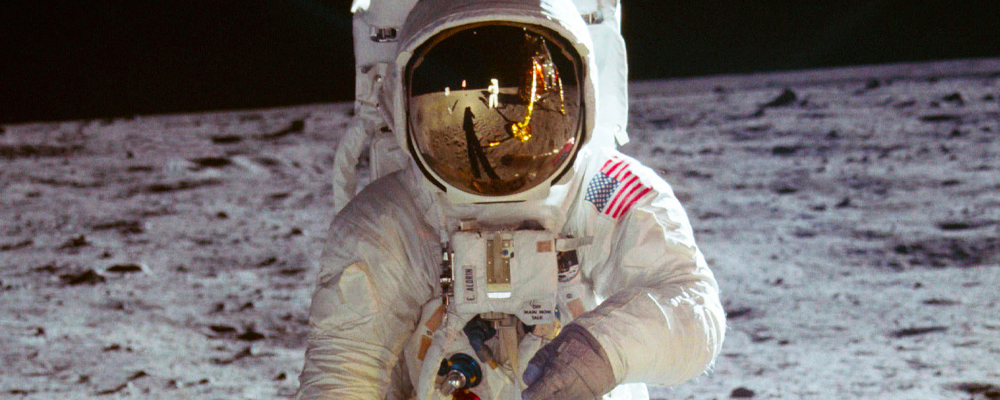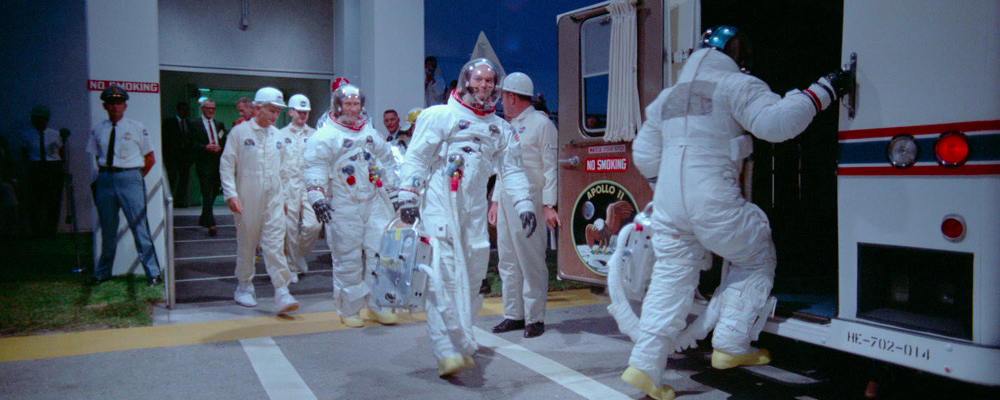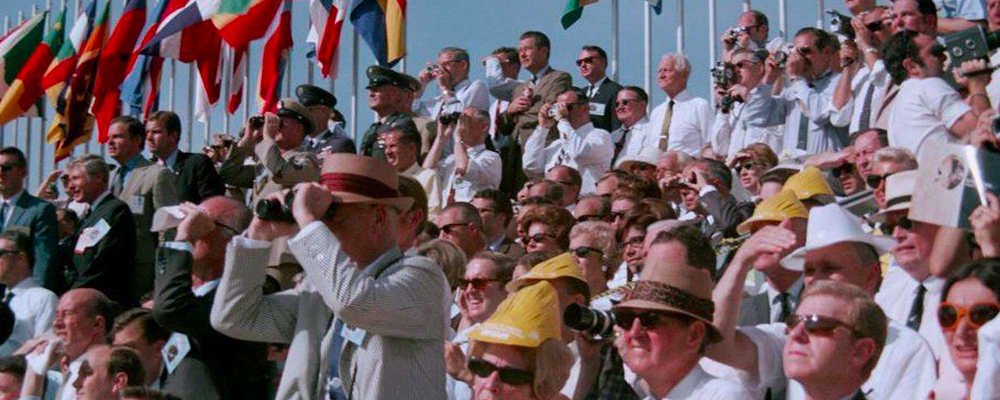‘Apollo 11’: Magnificently Restored Footage Returns Viewers to the Original Moon Landing
Michael Amundsen
It is difficult for anyone not involved with the actual production of the new documentary “Apollo 11” to understand the enormous amount of work that went into its production. Just like it was impossible for anyone not involved in the mission of Apollo 11 itself to comprehend the magnitude of the work that went into successfully pulling off the actual mission to the Moon.
Both depended on the brilliant participation of many — hundreds in the case of the documentary and thousands in the case of the moon launch. The Apollo mission was the culmination of a decade of painstaking research, brilliant engineers and the courage of less than a hundred dedicated astronauts. Though there were lunar expeditions after, Apollo 11 was the original, achieved by many dedicated collaborators all working for a common goal.
The film, though on a much smaller scale, is itself an incredible achievement. The original concept that guided the production of this movie was to create a simple account of the moon launch while using only period footage and sound — no CGI, no modern recreations.
Previously unseen 65 mm film along with over 11,000 hours of uncatalogued audio was intercut with period 35 and 16 mm film. Hundreds of hours went into the digitizing and restoration of 50-year-old footage, as well as logging and restoring fading audio files.
The 65 mm footage was found only last year, hidden in the Smithsonian. Its appearance on the IMAX screen is stunning. The Apollo 11 rocket lifting into space against blue skies is breathtaking.
Hours of real time audio is placed in sync with the footage of the control center personel who spoke it, adding to the you-are-there feel to this film. It becomes a true cinematic narrative, constructed with the traditional cinematic art of editing, photography and sound design.
Except for Matt Morton’s powerful score, a simple white on black line animation of the flight path, and some superimposed reproductions of numeric data, everything seen and heard was recorded during the true events surrounding July 1969. The words of newscaster Walter Cronkite comes the closest to an kind of narration. They are beautiful words spoken with authority by an individual who had the respect of a nation.
Todd Douglas Miller directed, produced and edited this masterwork of cinematic art. Anyone who lived in those times and watched the mission on smaller black and white TV’s will be overwhelmed by the majesty of seeing all that same footage brought to life on an IMAX screen.
Miller combines the epic power of the history-making events with the intimate interactions between those working in the command center and the casual humor of astronauts Neil Armstrong, Buzz Aldrin and Michael Collins as they make their way to the moon and back.
Miller is also aware of the greater context of this flight. He cuts to a NASA waiting room where they watch TV and hear the latest news about our war in Vietnam, followed by updates on Chappaquiddick. He then cuts to the command center where an engineer complains of how Ted Kennedy’s scandal has wiped Apollo off the front page.
When President Nixon addresses Armstrong and Aldrin on the moon, one can’t help but remember that Nixon is only years away from resigning in disgrace. Or when we hear President John F. Kennedy’s speech to congress selling his vision of landing a man on the moon and bringing him back, it is hard not to remember that he is only months away from his assassination in the streets of Dallas.
Viewing “Apollo 11” can be an almost painfully overwhelming experience, as it recalls such a glorious moment. Far too distant in our memory, “Apollo 11” reminds us of when the world watched a historical unifying event, one that lifted our aspirations and showed us that all things are possible.
“Apollo 11” opens March 1 in select IMAX theaters, March 8 in theaters nationwide.




